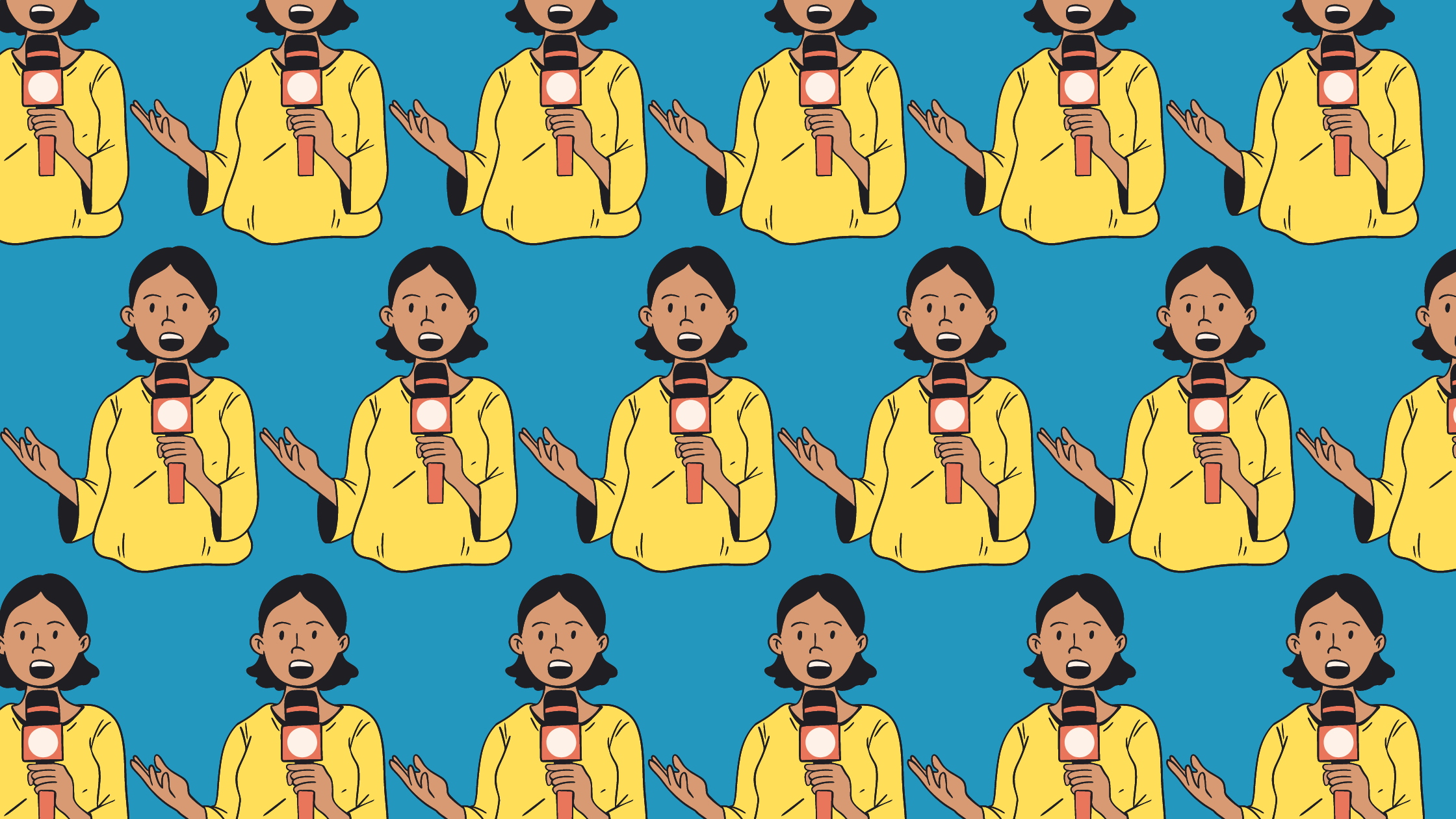Why Are Brand Colors Important?
Brand colors are often the first thing people see and first impressions matter. Colors aren’t just pretty or ugly. They convey emotions, invoke reactions, and even communicate information. Even if they don’t know anything else about your company and products, brand colors inform consumers’ early opinions about your brand identity.
Where your brand colors should appear
- Logo
- Website and emails
- Social media
- Advertising
- In-store
- Stationery
- Staff uniforms
- Events
- Packaging
Basically, anything visual related to your brand should include the colors.
How to Choose Your Brand Colors
Understand What Colors Mean
A basic knowledge of color psychology can go a long way in choosing color combinations that send the right message to consumers. Here are a few traits commonly associated with different colors in the United States.
Red
- Speed
- Urgency
- Energy
- Passion
- Elevated Heart Rate
- Frequently used on sale and clearance signs

Orange
- Optimism
- Happiness
- Aggression
- Action
- Often used on Call to Action buttons

Yellow
- Warmth
- Positivity
- Youth
- Optimism
- Attention-grabbing

Green
- Wealth
- Health
- Nature
- Relaxing
- Often used for health and wellness companies

Blue
- Trust
- Security
- Serenity
- Frequently used in tech and banks

Purple
- Creativity
- Wisdom
- Confidence
- Soothing
- Often used for beauty products

Pink
- Creativity
- Exuberance
- Romance
- No longer exclusively associated with women’s interest products
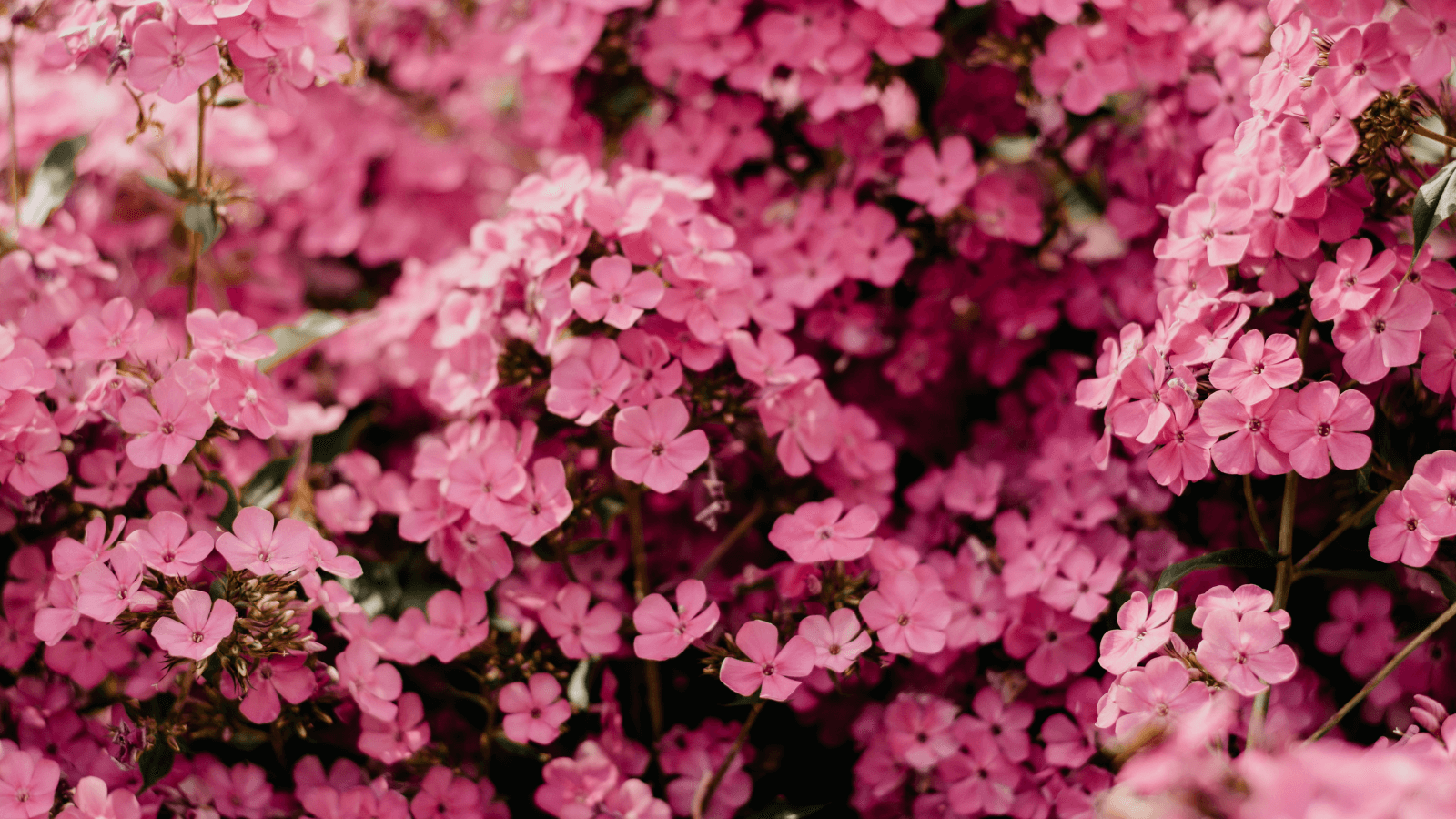
Brown
- Warmth
- Honesty
- Down-to-Earth
- Often used for vintage goods
 Black
Black
- Power
- Luxury
- Modernity
- Frequently used for luxury goods
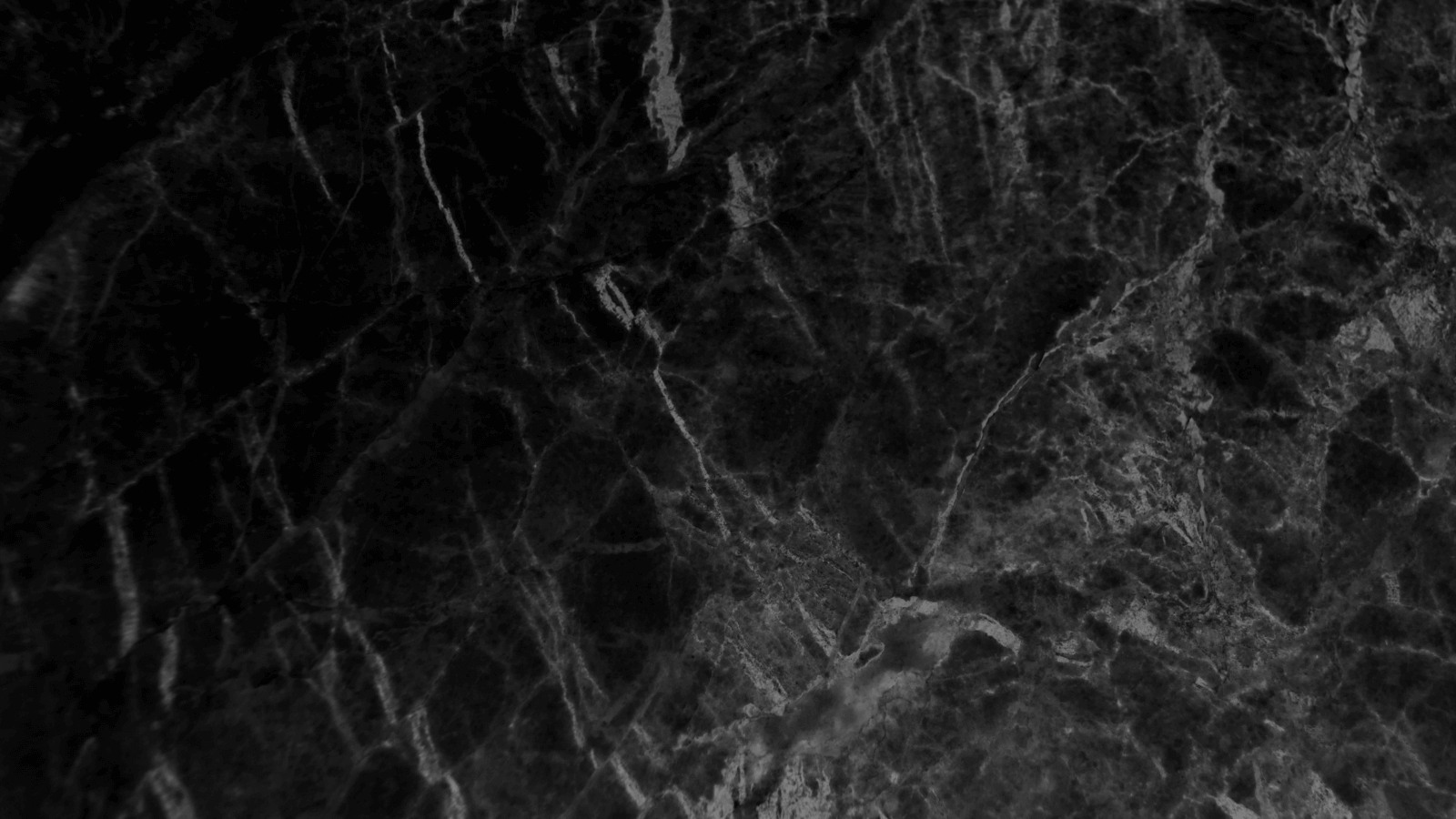
White
- Minimalism
- Transparency
- Simplicity
- Frequently used in tech

Gray
- Maturity
- Authority
- Rarely used on its own or as a main color

Identify Your Brand Essence
Start by making a list of adjectives that describe your company. Focus on the things that set you apart from your competitors and how you want your target audience to perceive your brand. Thinking about how you want your customers to feel will help you choose a color scheme that will evoke those feelings rather than sticking to colors you immediately associate with your products and services.
Look at Competitor Brand Colors
When you choose your brand colors, it’s important to know what colors they’ll be next to. Sure, there are colors that make sense for certain products, but you don’t want to look the same as everyone else. This is where focusing on what makes your brand different from the others in your industry.
Create a Brand Color Palette
Now it’s time to create your palette.
Types of Color Schemes
- Analogous Color Scheme: close variants on your primary color
- Monochromatic Color Scheme: different shades of your main color
- Contrasting Color Scheme: colors that are opposites on the color wheel
Or you can create your own with:
- 1 main color
- 2 primary colors
- 3-5 complementary colors
- 2 accent colors

Types of Color
Color Hues
Hues are variations of the primary colors: red, yellow, and blue.
Color Shade
Shades are darker versions of colors. The amount of black added to make a color darker is called the amount of shade.
Color Tint
Tint is the opposite of shade. The amount of white added to the color to make it lighter is the amount of tint.
Color Saturation or Tone
Adding saturation is when you change a color’s appearance by adding both black and white.
Color Codes
- CMYK: Stands for Cyan, Magenta, Yellow, and Key (black), the primary colors for printing.
- PMS: Stands for Pantone Matching system, also used for printing.
- RGB: Stands for Red, Green, Blue, the primary colors for screens.
- HEX: Short for Hexadecimal Numeral System, also used for screens.
 Brand Color Themes by Industry
Brand Color Themes by Industry
Because of patterns in color theory and cultural connotations, there are clear trends in color use in many industries. Here’s a breakdown of popular brand colors by a few main industries:
Food
- Red, orange and yellow for attention and appetite
- Green for nutrition and health
- Blue and pink for sweets and deserts

Health and Wellness
- Blue for cleanliness, trustworthiness and responsibility
- Green for nature and wholesomeness
- Orange for vitality and energy

Fashion and Beauty
- Black for sophistication and glamor
- Red, orange and pink for passion and excitement

Tech
- Blue for trust and efficiency
- Orange for optimism
- Purple for quality and creativity

Brand Color Scheme Examples
Adobe
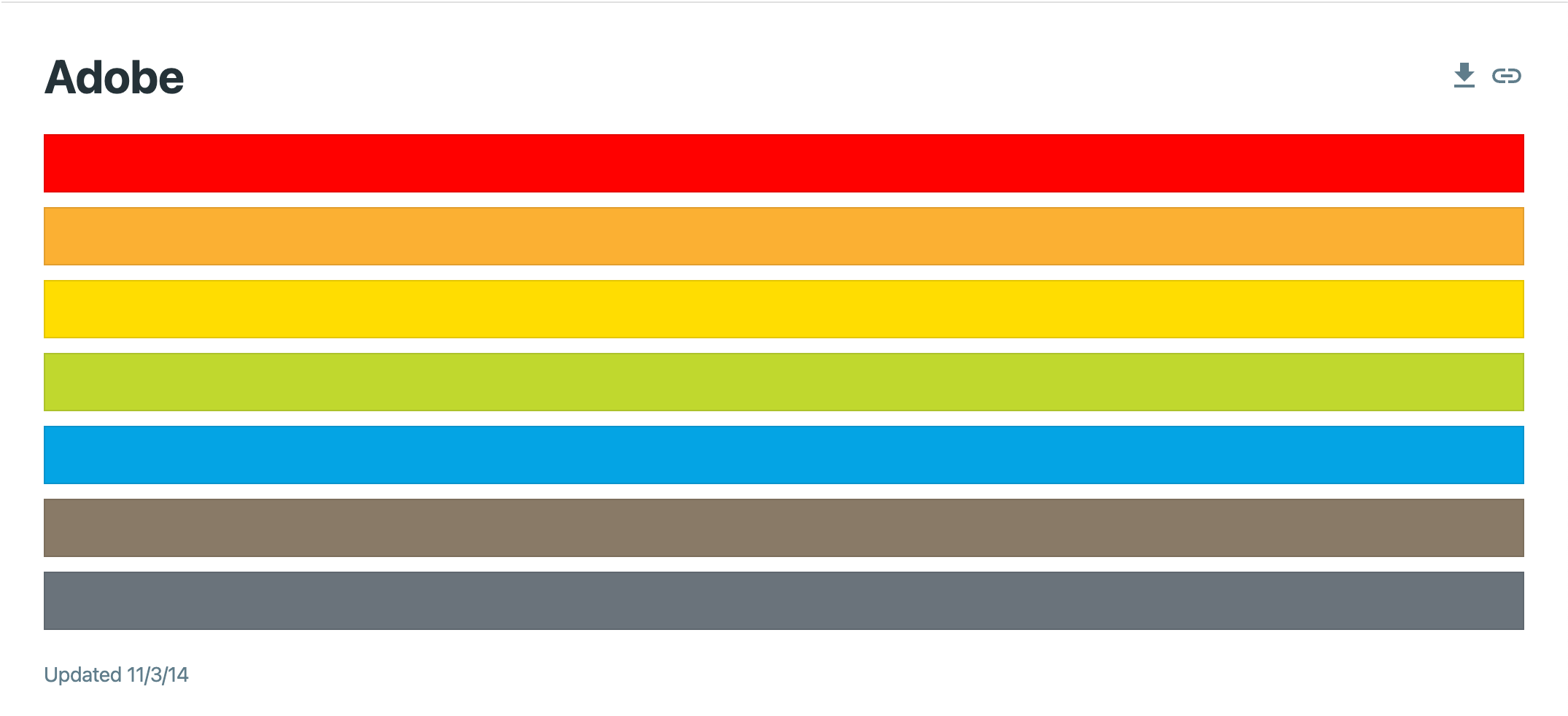
Canva

Coca-Cola

IKEA

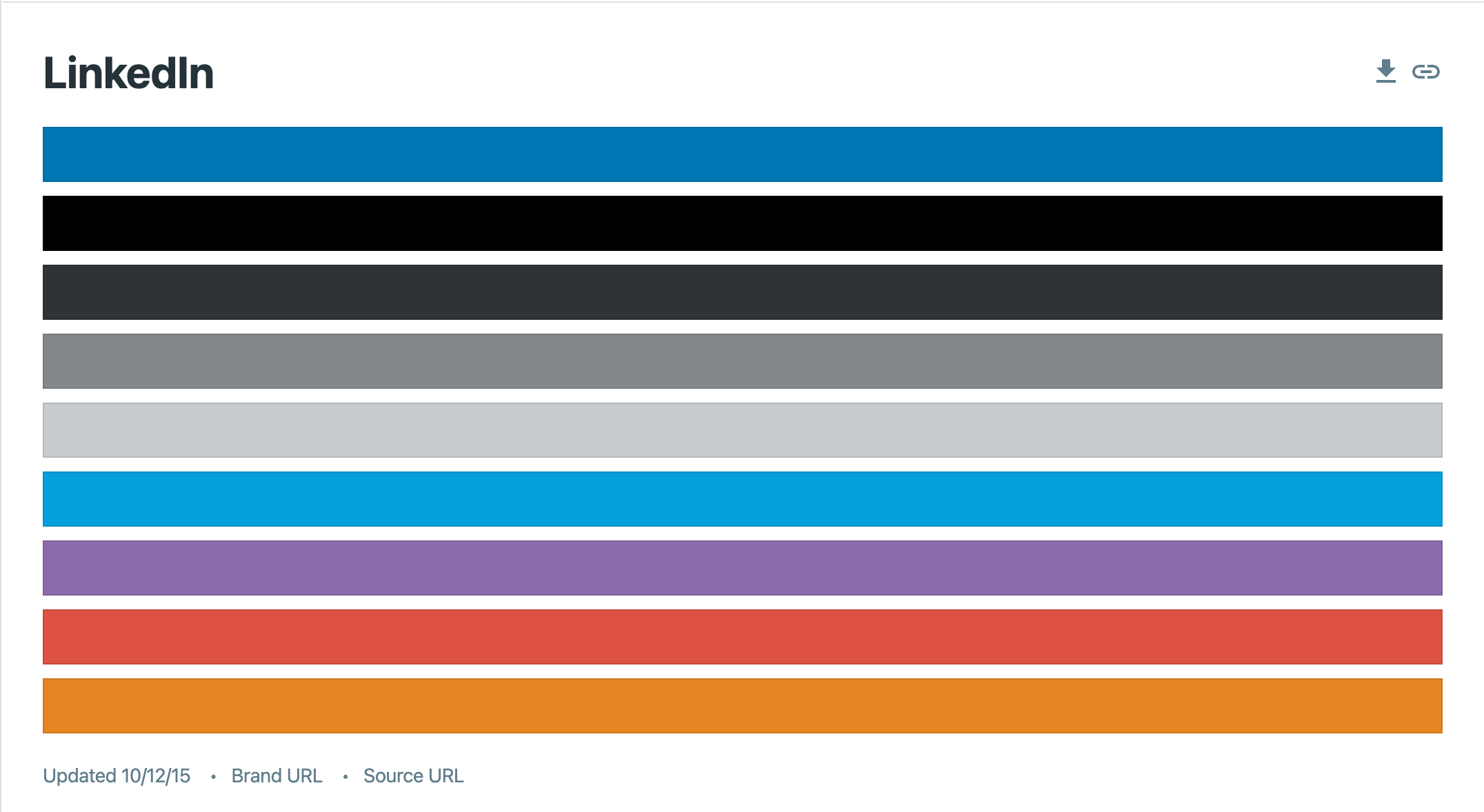
Mastercard

Netflix

PayPal

How Sav Can Help
Picking the right color palette is at your fingertips. Whatever colors fit your tastes and your brand, our professionally made, customizable templates make it easy to build a beautiful website with them. Start designing today!
Newsletter
Popular
Top Articles
Recommended articles
How to Make a Media Kit
What is a Media Kit? A media kit, also known as a press kit, is a document that businesses give to journalists and media outlets before an...
Read moreWhat is Brand Voice? [And How to Create One]
What is Brand Voice? A brand voice is the unique personality a brand takes on in all of its communication channels. And it’s not just about...
Read moreA Beginner's Guide to the Product Development Process
What is Product Development? Product development is the process of creating a new product or updating an existing product from idea to...
Read more

